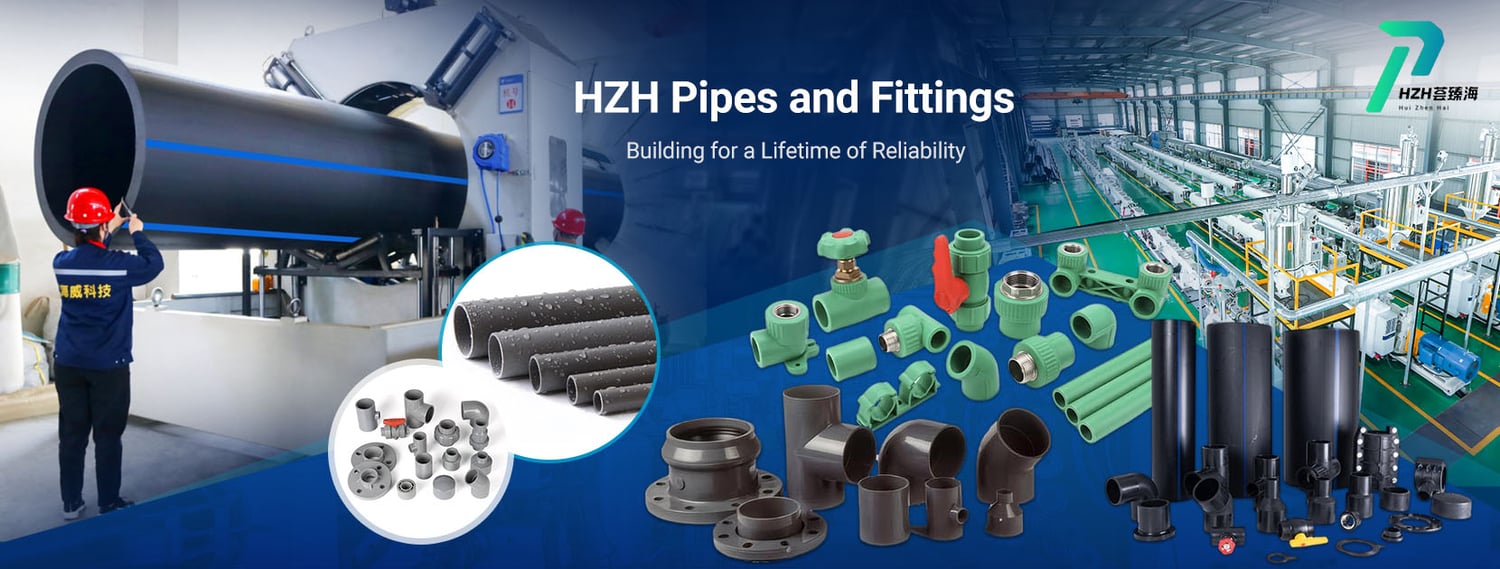What is a PP male adapter?A PP male adapter is a type of plumbing fitting that is used to connect a pipe to a female-threaded fitting. It is typically made of polypropylene, a durable and chemical-resistant material that is ideal for use in plumbing applications. PP male adapters are commonly used in irrigation systems, water treatment plants, and other industrial applications.Benefits of Using PP Male AdaptersThere are several benefits to using PP male adapters in plumbing systems. These fittings are resistant to corrosion, chemicals, and temperature fluctuations, making them ideal for use in a variety of environments. PP male adapters are also easy to install and provide a secure, leak-proof connection between pipes and fittings.How to Install a PP Male AdapterInstalling a PP male adapter is a relatively simple process. Start by wrapping the male threads of the adapter with Teflon tape to ensure a tight seal. Then, thread the adapter into the female fitting using a wrench to tighten it securely. Be careful not to overtighten the adapter, as this can cause damage to the threads.Common Uses of PP Male AdaptersPP male adapters are commonly used in a variety of plumbing applications. They can be found in irrigation systems, water treatment plants, chemical processing facilities, and more. PP male adapters are versatile fittings that can be used with a wide range of pipe materials, making them a popular choice for many different industries.Choosing the Right PP Male AdapterWhen selecting a PP male adapter for your plumbing system, it is important to consider the material compatibility, pressure rating, and thread size of the fitting. Be sure to choose an adapter that is compatible with the pipes and fittings in your system to ensure a secure and leak-free connection.Maintenance of PP Male AdaptersTo ensure the longevity of your PP male adapter, it is important to perform regular maintenance on your plumbing system. Inspect the fittings for signs of wear or damage, and replace any adapters that show signs of deterioration. By keeping your PP male adapters in good condition, you can prevent costly leaks and repairs.Advantages of Polypropylene MaterialPP male adapters are typically made of polypropylene, a material known for its durability and chemical resistance. Polypropylene is resistant to a wide range of chemicals, making it an ideal material for use in plumbing applications where exposure to corrosive substances is a concern. Additionally, polypropylene is lightweight and easy to work with, making installation of PP male adapters quick and easy.Cost-Effectiveness of PP Male AdaptersOne of the key advantages of using PP male adapters in plumbing systems is their cost-effectiveness. PP male adapters are typically more affordable than other types of plumbing fittings, making them a budget-friendly choice for many applications. Additionally, the durability and longevity of PP male adapters mean that they require less frequent replacement, saving you money in the long run.Environmental Benefits of PolypropylenePolypropylene is a recyclable material, making it an environmentally friendly choice for plumbing applications. PP male adapters can be recycled at the end of their lifespan, reducing the amount of plastic waste that ends up in landfills. By choosing PP male adapters for your plumbing system, you can reduce your environmental impact and support sustainability efforts.ConclusionIn conclusion, PP male adapters are essential plumbing fittings that offer a wide range of benefits for various applications. From their durability and chemical resistance to their cost-effectiveness and environmental benefits, PP male adapters are a versatile choice for any plumbing system. By understanding how to select, install, and maintain PP male adapters, you can ensure the longevity and performance of your plumbing system for years to come.Quote Inquirycontact us










